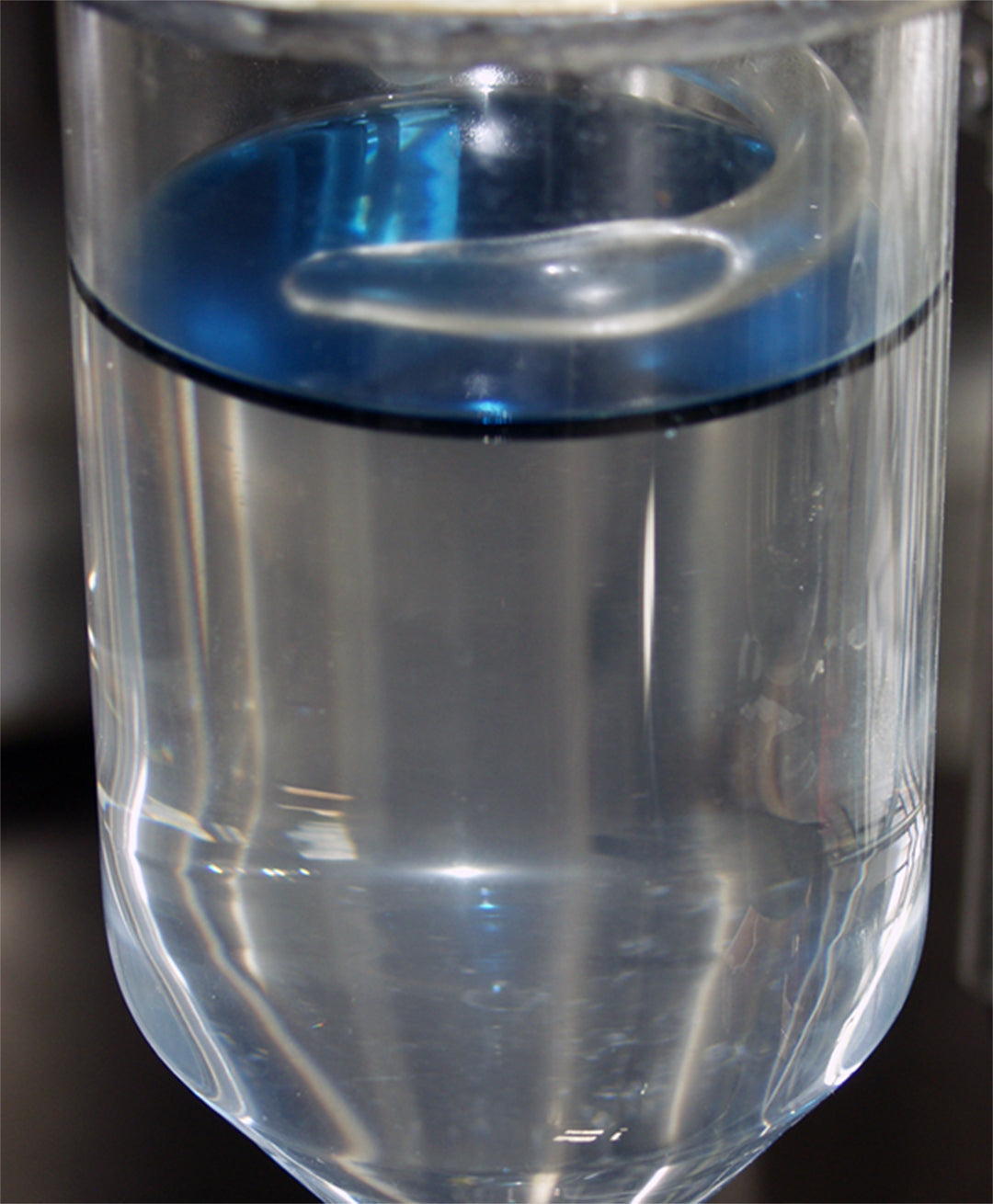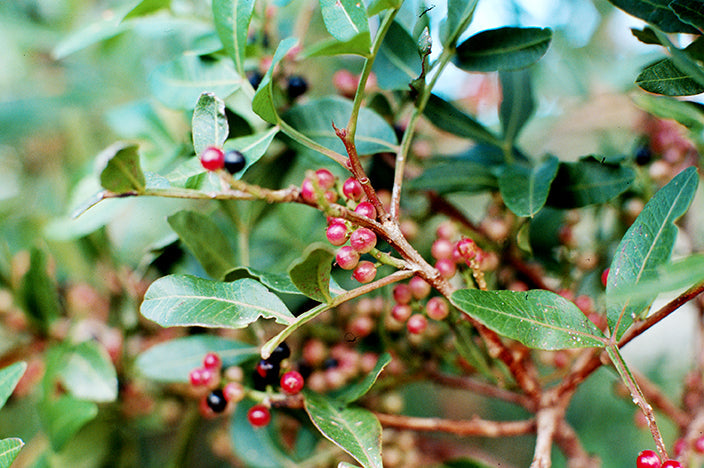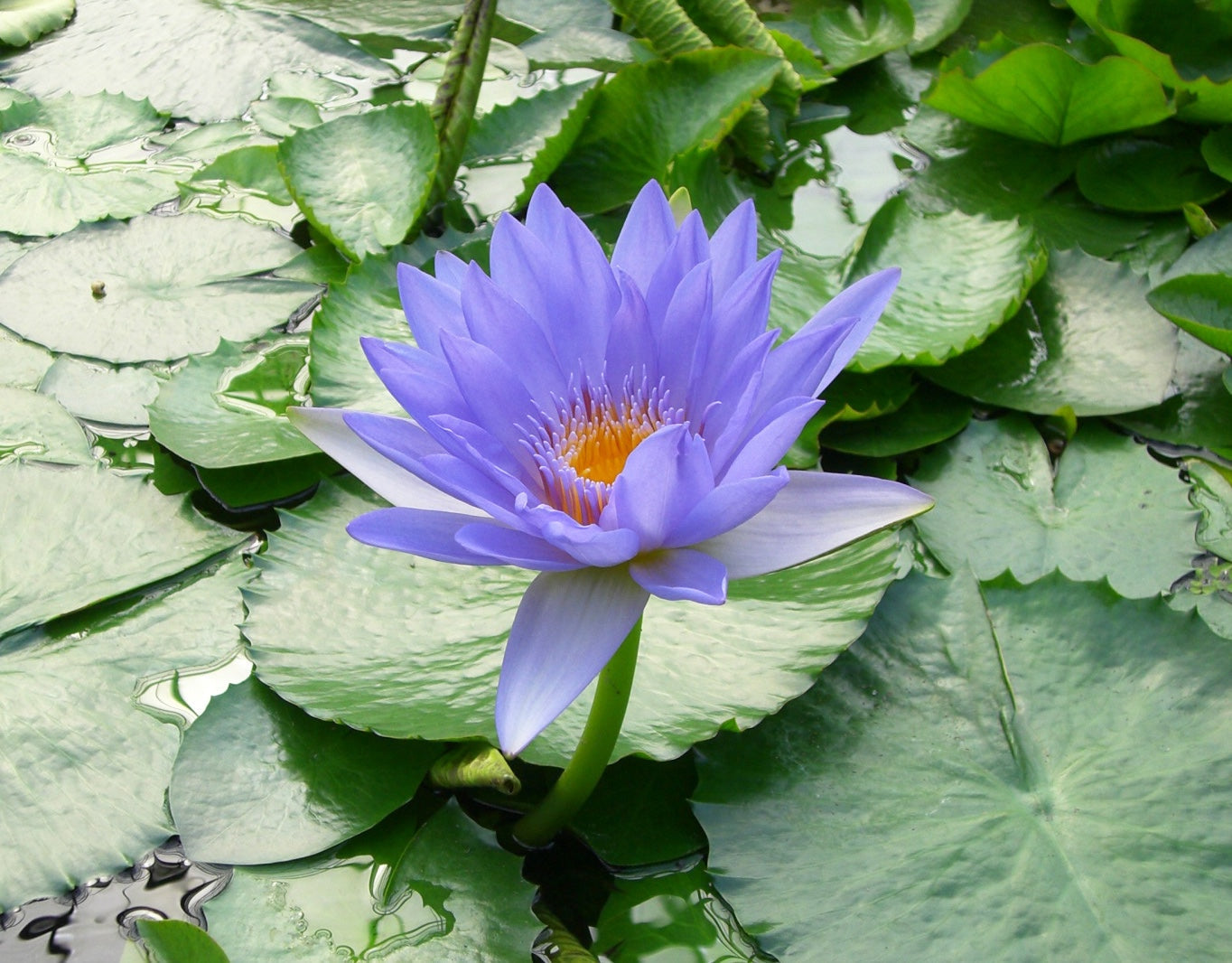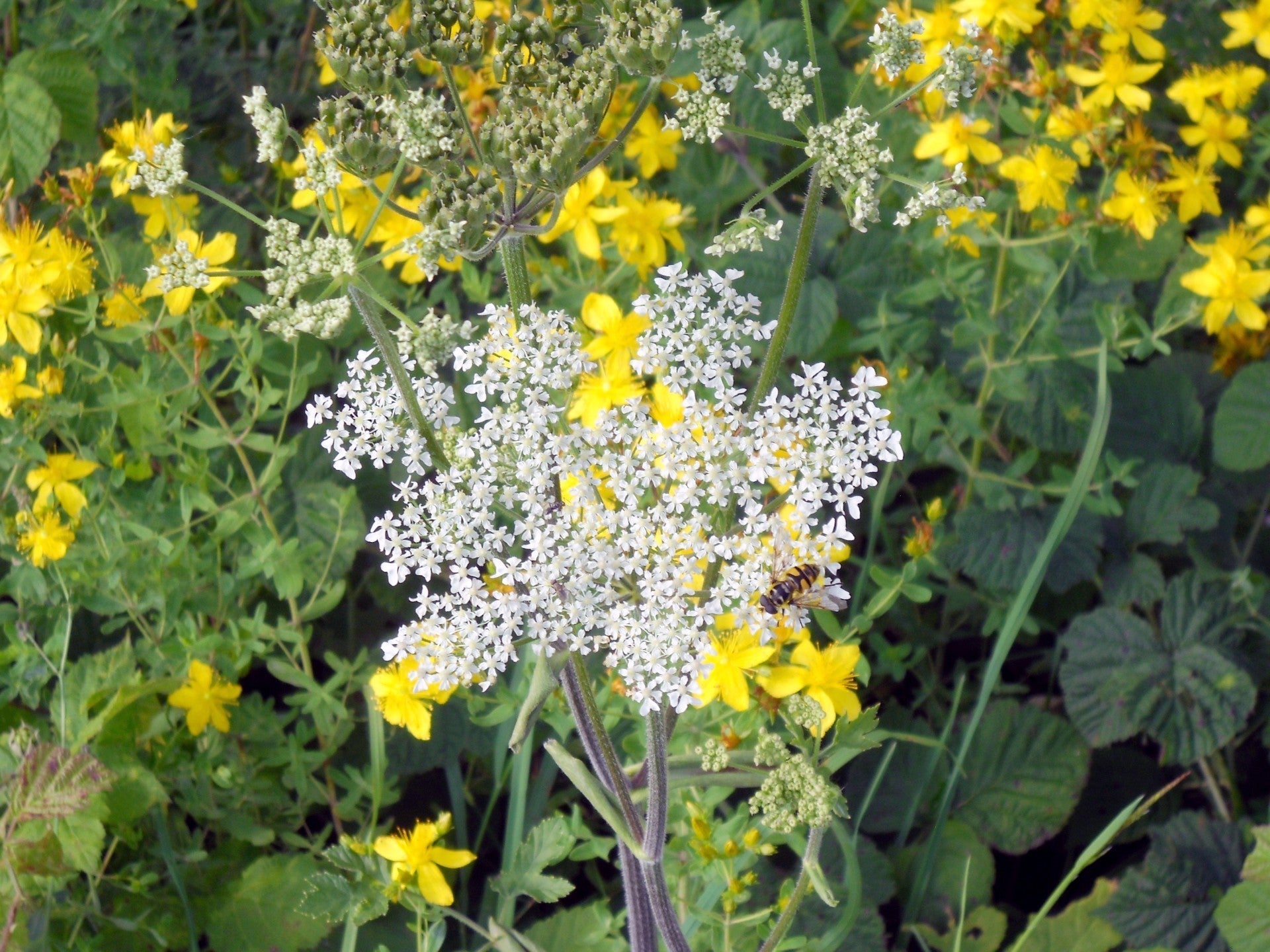From The Desk of Dr. Kurt Schnaubelt
Essential OIls, Bio Authenticity and Aromatic Culture
In our opinion knowing the producer is the best safeguard against adulteration. While we consider instrumental analysis as most useful, we do know that analysis alone has not kept adulterated oils out of aromatherapy. If we look for the highest degree of therapeutic efficacy, bioauthentic oils are the prime candidates to deliver that very quality.
Plants have optimized their defensive capabilities by making not one, but many components which will act together synergistically to provide optimum defensive power. These complex natural mixtures, such as essential oils, inhibit not just one, but multiple processes in the cell of infectious pathogens. Such multilayered effects have been fine tuned by evolution. They ultimately serve as the immune system of the living plant and they are the core of the full therapeutic quality of an essential oil.
In comparison single component effects are one dimensional. Ultimately the complete biological effect of an EO from a living plant cannot be reproduced by single components nor by the clever mixing of multiple components in the lab.
This is why the essential oils from plants which interact reproductively in a specific growing area have effects unique to that population. For example the Lavender on a hillside in Provence faces challenges that are specific to this hillside. This hillside Lavender population will ultimately produce an oil perfectly suited to address these specific challenges.
Specific Lavenders growing wild in the Italian and French Sea Alps were such that their qualities stood out in a way that our ancestors began harvesting, processing and using them for their perfume and therapeutic qualities. Lavender on a vast cultivated plane in Bulgaria will confront quite different challenges. While the resulting oil can be very good its biological activity may be quite different. Lavenders from these newer growing areas are cultivated because of corporate demand for the commodity and not so much because they were part of the original lore or the culture.
German Chamomile is another good example. Originally from Central Europe the oil displays strikingly different composition depending on its origin. Oils from Nepal or Egypt do not have the coveted (-) alpha Bisabolol content that gives the original German Chamomile its anti-inflammatory power.
Bioauthentic Oils
Unique bioauthentic oils from a specific origin are what you get when you procure an oil from small producers who operate in a specific region.
However, as demand for EO has risen dramatically such regional productions are increasingly rare. Instead most oils on the market are acquired from sources in vastly different areas of the world. They still may be 100% natural. But they are often concocted from multiple natural sources into global commodities. It is important to note that the GC/MS reports of such oils may look quite correct proving the absence gross adulterations. But as discussed elsewhere, GC/MS analysis alone cannot show authenticity.
So what we really look for are bio authentic oils that have the unique qualities for which they were originally recognized by Hildegard, Paracelsus or Taoist sages. They were recognized because in their specific origin these aromatics plants developed qualities that made them stand out.
So when we at OSA look for Chamomile we look for the highly effective oil from Germany and not for a dull green global blend. When we look for Lavender we look for the radiant Population Lavender from Provence and not a low cost, global Fine Lavender made from clonal Bulgarian Lavender, French Hybrids and potentially some natural isolates.
We are proud to state that many of our oils warrant to be designated Bio Authentic. Over the next weeks we will revisit selected oils and discuss their precise region of origin their specific chemical composition as well as relevant cultural narratives.
Unrivaled Density of Character
Amazing Blue, Unique Chemical Composition
This specific German Chamomile stands out as a unique (−) α Bisabolol type. Classic studies by O. Isaac and others have demonstrated that (−) α Bisabolol is the most powerful anti-inflammatory component in German Chamomile, even more so than the azure blue Chamazulene*). This Chamomile has an astounding concentration of (−) α Bisabolol measuring between 20 and 40%.
Chamomile oils from around the world also have their benefits. However, these oils are distilled from chemotypes with less than optimal composition. While Bisabolone and Bisabolol oxide types are useful, they have nowhere near the anti-inflammatory potency of the (−) α Bisabolol type from Bavaria. When smelling this oil one can sense the depth of the historic appreciation of Chamomile, from Hildegard to Paracelsus. While the fragrance is not perfumey it so voluptuous that sometimes, when no one is watching, we quietly consider this to be the best Chamomile there is.
Therapeutic Properties
Used topically German Chamomile is a powerful anti-inflammatory. It soothes gastric pain when a drop is consumed mixed into a cup of Chamomile or herbal tea. French literature says it eliminates metabolic waste during and after bacterial infection, hence its capacity to reduce fever. Recent research credits it as a rare agent effective in the relief of COPD (chronic obstructive pulmonary disease).
Essential Oil of German Chamomile is completely non-toxic and non-irritant and universally applicable to reduce all sorts of inflammatory processes. Adding this German Chamomile oil to face and body blends is always beneficial.





Share:
Essential Oil Adventures - On the Road with Dr. Kurt Schnaubelt
Green Myrtle Hydrosol from Corsica